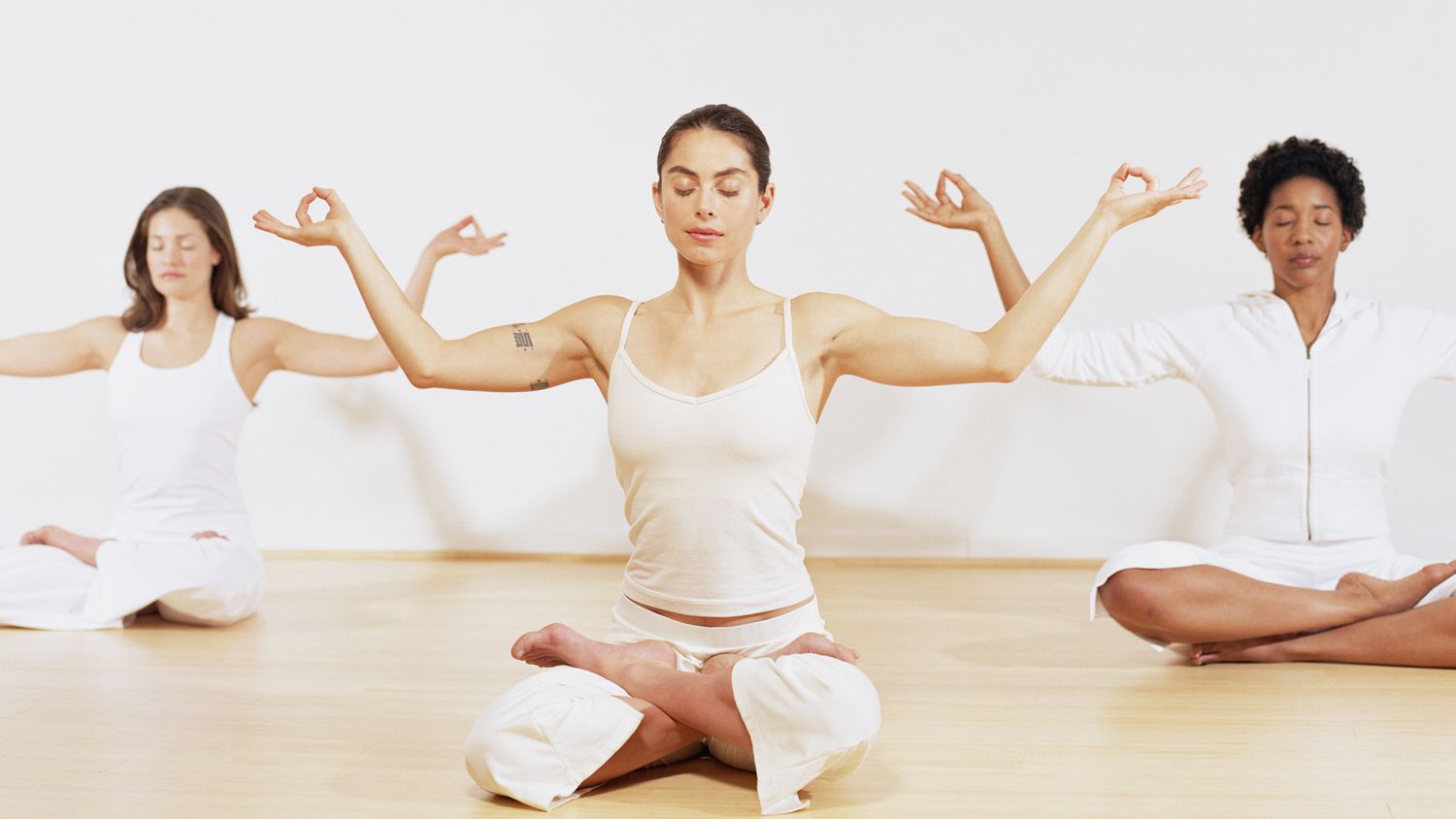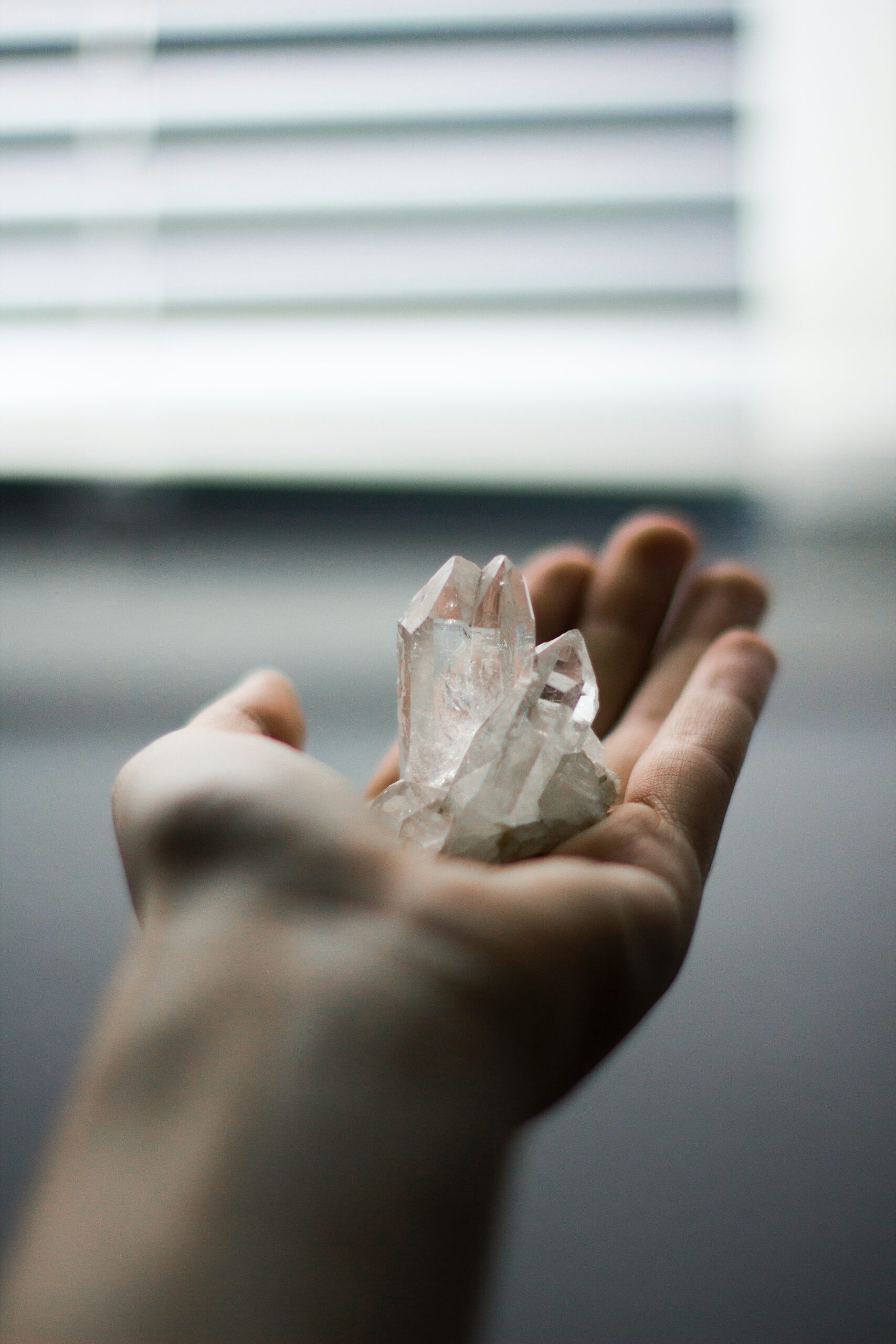The exercises will help you reach your peak power and remain calm, which is essential for running. In addition, yoga is an excellent way to stretch and strengthen your arms, legs, and back. Yoga postures also stretch your calves and Achilles tendons, which is essential when running.
It also enables you to achieve a full range of motion in your joints, which improves biomechanical efficiency and reduces pain.
Adho Mukha Svanasana (Downward facing Dog Pose)

Adhomukha svanasana is one of the best yoga poses for runners because it helps stretch the calf muscles and hamstrings. It also strengthens the spine, which can help prevent leg pain and improve running form. Runners should start this pose with their hands on their knees, in the shape of an upside-down V. They should focus on lengthening the spine, not pressing their heels against the mat.
Runners often suffer from tight muscles, which can track up the spine. You can avoid such problems and reach your peak performance by practicing yoga. It is because yoga helps you relax and encourage active recovery. Adhomukha svanasana will help loosen tight hips, quads, shins, and other body areas. It will also strengthen the spine and open the chest.
Adhomukha svanasana is also known as the dog pose. It also helps strengthen the body’s internal organs, including the digestive system. Runners should start with this asana before a long workout.
Downward dog is another great yoga pose for runners. This resting position is excellent for recovering between flows. It helps strengthen the muscles and bones while improving the mind. Downward dog is also a great place to restore breath.
Setu Bandha Sarvangasana (Bridge Yoga Pose)

Runners can benefit from the Setu Bandha Sarvangasana, a yoga pose for runners. This pose requires proper breathing and preparation before performing. It focuses on connecting the body from the feet and legs to the chest. For runners, it can help improve flexibility and balance in the legs.
The back bend in Setu Bandha Sarvangasana works the entire back, including the glutes and hamstrings. It also stretches the core and shoulders. It also opens up the neck by pulling the chin against the collarbones. The benefits of this pose are numerous. In addition to its physical benefits, it can also strengthen the body and improve its shape.
The bridge pose builds strength in the shoulders, arms, and lower back. It can be done with ease or as a challenge. In either case, it is good to focus on the breath. The bridge pose prepares the shoulders and arms for more challenging poses. It can use a prop to help with the intensity or ease of the pose.
The Tree Pose is also suitable for runners because it targets the gluteal muscles. In addition, it improves balance and relieves lower back pain.
Anjaneyasana (Low Lunge Yoga Pose)

Anjaneyasana for runners targets the hamstrings, calves, and hip flexors. It also improves balance. This pose also helps open the chest. It is beneficial for runners who experience tight hip flexors. It is an excellent way to increase flexibility and relieve pain.
To perform this pose, start in a deep squat. With your palms grounded, you should place your hands on the floor in front of you. Next, lower your back knee into Low Lunge. Press your back foot into the bottom, and keep your hips and thighs parallel to the floor.
Another beneficial yoga stretch for runners is the Forward Fold asana. This asana stretches the lower back, hamstrings, and glutes. It begins with a standing position, hinges at the hips, and lengthens the front of your torso. You can also lower your butt and lift your arms while staying balanced in the pose.
The Crescent Lunge Yoga Pose is also beneficial for runners and cyclists. It stretches the hip flexors and quadriceps and is an excellent stretch for both. It also opens the chest and shoulders and is considered a heart-opener.
Paschimottanasana (Seated Forward Bend yoga pose)

Paschimottanasana is an excellent stretch for the legs and hamstrings. This pose improves posture and helps prevent leg pain. It can also improve running form. Begin in a seated position, with hands and knees together. Your back leg should be at an angle of 75 to 90 degrees, while the front leg should be pointing forward. Your back torso should be parallel to the floor.
You will need a yoga block or several folded blankets to perform this pose. Start by placing your feet flat on the floor, then stretch your hips and tailbone upwards. Next, interlace your fingers below the yoga block. This pose will open up your chest.
Paschimottanasana is also suitable for the pelvic region. It stretches your gluteus, hamstrings, and thigh muscles and helps your back. It also strengthens your knees and hip joints. And finally, this pose helps improve your balance and coordination.
As you can see, this yoga pose is excellent support for runners. This posture strengthens your upper body and improves muscular endurance, which is essential when running. It also enhances the quality of your breathing, which is helpful during a run.
Vrikshasana (Tree pose)

Yoga is a powerful way to reduce stress on the body and promote mental clarity. This pose allows you to focus on the breath and your mental state and can help with the fight-or-flight response. In addition, it strengthens the lower body and is a great way to improve your posture. It also opens the hip flexors and stretches the groins.
Yoga classes can teach you the proper alignment and breathing for each pose, but you can also do it at home if you have the time. Regular yoga practice can be an excellent way to avoid injuries and increase your flexibility.
When performing Vrikshasana, remember to keep your head in a neutral position. If you have high blood pressure, keep your hands close to your chest and do not extend your arms above your head. It is also best to breathe deeply during this pose.
Yoga is a great way to strengthen the tendons and muscles around your knees. Yoga can also improve your body’s posture and improve your running form. Try this pose as part of your daily workout or a recovery exercise before a long run. It will give you an energizing effect.
Vajrasana (Thunderbolt Yoga Pose)

This yoga pose strengthens the thighs, shoulders, and lower back, which benefits runners. It also increases blood circulation to the abdominal and pelvic organs, which helps relieve stress and depression. Beginners can practice this yoga pose by leaning against a wall. They should also keep their arms straight and not bend them.
The pose is an excellent stretch for hamstrings. Runners sensitive to pain in their hamstrings should be cautious and ease into the carriage. Too much hamstring tension can cause pain in the lower leg, hips, and back. An excellent way to avoid this risk is to ease into the pose and breathe deeply gradually.
The Vajrasana had not recommended for people with injuries to the pelvic area or the spinal cord. It is also not recommended for people with hernias, ulcers, or severe knee arthritis. It is essential to consult a doctor before attempting this pose.
Yoga is an excellent form of strength training for runners. In addition to stretching and strengthening the muscles, yoga improves body awareness, prevents injury, and improves your performance. Yoga can also help you overcome common problems associated with running, such as tight hamstrings, sore knees, and back pain. Yoga helps prevent and correct these problems while improving flexibility, balance, and endurance.
Conclusion
Yoga is not only for people who want to improve their flexibility, but it’s also great for runners. Runners can benefit from asanas to keep their bodies flexible. These poses can be done by anyone, regardless of age or physical condition. Regular yoga practice will improve your endurance, strength, and stability. Runners need a strong upper body to maintain proper posture and reduce the impact of body weight on the legs. Yoga also improves the functioning of all body systems, including the cardiovascular, respiratory, skeletal, endocrine, and internal organs.








